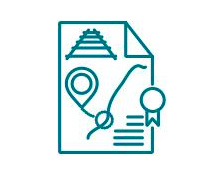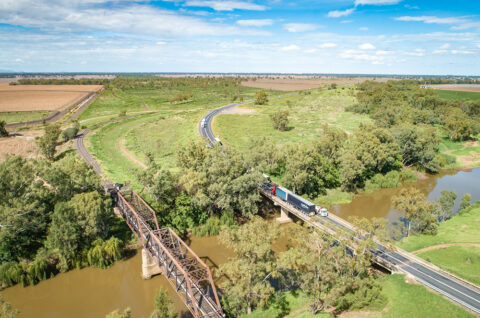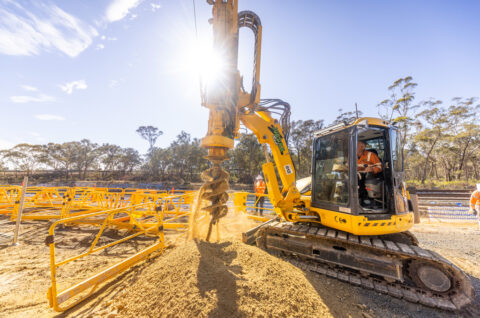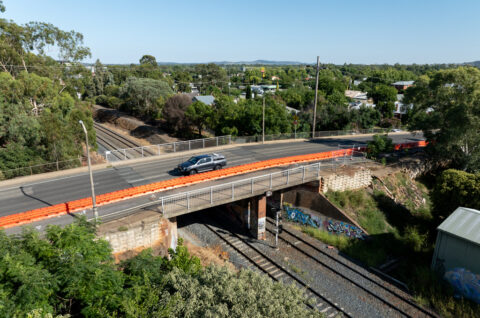Inland Rail is a large and complex program that traverses 1,600km across three states. Because of its vast scale and various requirements, the program has been broken up into 12 individual projects.
Each project has its own construction targets and timelines and will progress through our six project management stages at its own pace.
Click or swipe through the project stages below.
1 Concept assessment

The project’s intended objectives, outcomes and benefits, and route options are identified and assessed. We also document any known technical issues, regulatory requirements, estimated costs, timings, and potential risks and opportunities.
2 Reference design

We carry out various environmental and technical studies and investigations. This stage is also supported by extensive community and stakeholder consultation to listen to and act on landowner feedback and identify opportunities to minimise project impacts on the environment and communities.
We continue refining the design to a greater level of detail, including investigating road/rail interface options such as level crossings, interfaces with utilities, services and other projects, to ultimately select a preferred alignment.
3 Procurement

We engage suppliers to help us deliver the project. We commence land access and property acquisition negotiations (subject to government approvals), develop procurement documentation and get the project ready to go to market for detailed design and construction contracts.
We work collaboratively with our contractors to define the project’s cost and associated risks and opportunities. This approach ensures the best outcomes for the project.
We also consider the procurement of long lead-time construction materials, such as rail and sleepers.
4 Approvals

In parallel to the Procurement stage, projects develop an Environmental Impact Statement (EIS) or similar planning approvals application which consolidate findings of all the environmental and technical investigations and community engagement activities undertaken in earlier stages.
With the exception of the Stockinbingal to Parkes project in southern NSW which requires a Review of Environmental Factors (REF) and the Australian Rail Track Corporation (ARTC) is the approval authority, each application is submitted to the state planning authority for assessment.
Subject to approval, project applications are released by state governments for public exhibition and comment. During this period, we hold information sessions and give local communities access to the application documents to make feedback submissions.
The approving authority may publish submissions online and require each project applying for planning approval to respond through a submissions report.
The final decision on whether a project is approved for construction is made by the relevant state government and the Australian Government, after which conditions of approval are issued to the Australian Rail Track Corporation (ARTC). Note, ARTC is the final approval authority for the Stockinbingal to Parkes project.
5 Detailed design, early works and construction

Once a construction contract is awarded, the construction contractor conducts further environmental and technical investigations to validate and enhance the existing reference design.
Early works, such as establishing construction material laydown areas and relocating utilities, are often completed at this stage to ensure that major construction can progress without delay.
We work closely with the construction contractor to confirm the project’s design is safe to construct and minimises community and environmental impacts wherever possible.
The construction contractor delivers the physical construction work under our supervision, ensuring the safety of people working on the project, the environment and communities is our shared top priority.
Importantly, major construction works will not commence on any Inland Rail project until primary and secondary approvals are received from the relevant State and Australian government authorities or ARTC (in the case of projects requiring a Review of Environmental Factors (REF).
6 Commissioning and operations

On completion of construction, each project is commissioned by ARTC and regulatory bodies to ensure the infrastructure has been delivered according to its design and is safe to operate.
We confirm that any additional approval conditions have been met for work on the site and all construction crews leave the site.
The new rail asset is made operational and freight trains can then use the track. ARTC takes ownership of the rail line for live train operations and maintenance.


